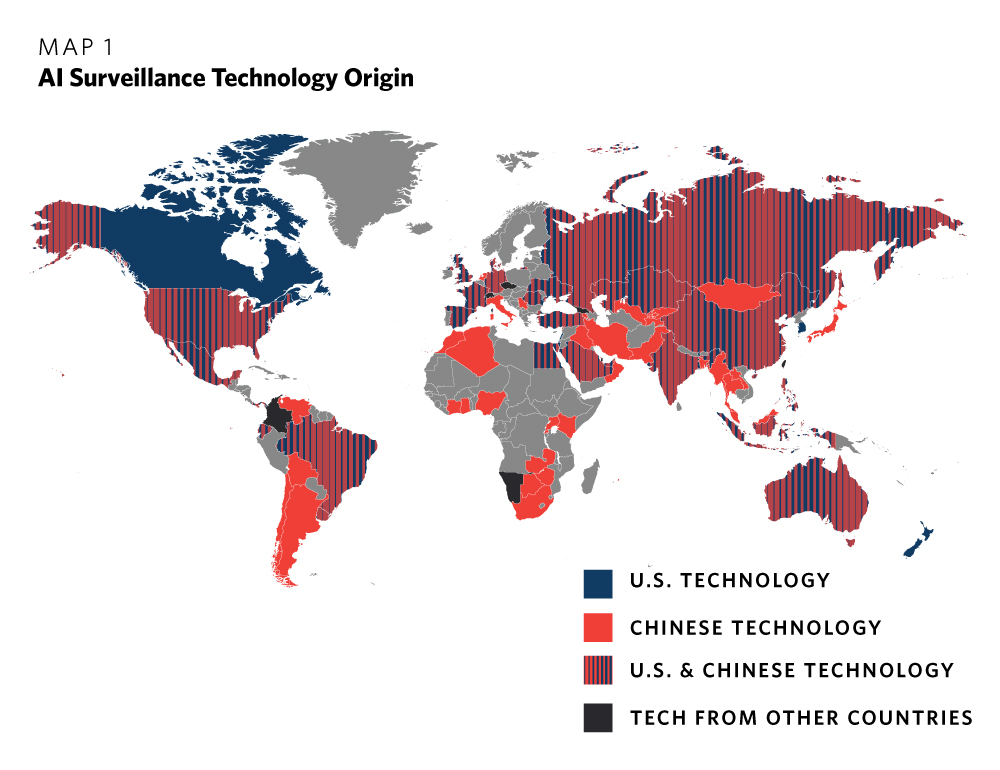
Amazon at 30: The Evolution of ‘The Everything Company’
At nearly three decades old, Amazon has transformed into a colossal entity that few can fully grasp. From its modest beginnings, the company has expanded to become a ubiquitous presence in our lives, prompting discussions about what lies ahead.
A Glimpse into Amazon’s Expansive Reach
The scale of Amazon’s operations is truly astounding. Take, for example, its massive fulfillment center located in Dartford, just outside London. This facility alone houses millions of stock items, with countless purchases made every single day. According to company claims, items are typically ready for dispatch just two hours after an order is placed.
When you scale this operation up to 175 fulfillment centers worldwide, it becomes easier to comprehend the logistics of this vast network. However, this is just the tip of the iceberg. Amazon is also a major player in the streaming industry with Amazon Prime Video, leads the market in smart home technology with products like Alexa and the Kindle e-reader, and offers a robust cloud computing service through Amazon Web Services (AWS).
As Amanda Mull from Bloomberg aptly noted, “For a long time it has been called ‘The Everything Store’, but I think at this point, Amazon is sort of ‘The Everything Company’”. With its immense footprint in nearly every facet of modern life, many consumers have come to accept Amazon’s influence as a given. In fact, as the company itself jested, avoiding engagement with Amazon might be as challenging as “living in a cave”.
The scale of Amazon’s operations is hard to fathom.
Reinvention and Growth Challenges
Since its inception by Jeff Bezos in 1994, Amazon’s story has been one of unprecedented growth and ongoing reinvention. While the company has faced its share of criticism regarding workplace conditions and tax obligations, the pressing query for Amazon as it steps into its fourth decade is how it can sustain its expansion as ‘The Everything Company’.
Sucharita Kodali from Forrester presents a stark question: “What the heck is left?” With revenue already eclipsing half a trillion dollars, the challenge now is achieving double-digit growth year after year. One viable strategy could involve leveraging the data mined from its Prime members to enhance advertising on its streaming platform, especially as competition in the streaming sector heats up. However, the synergy between its satellite division, Kuiper, and its grocery chain Whole Foods remains ambiguous.
One of Amazon’s fundamental tactics has been to continuously explore new business ventures. Recently, the company shut down a robotics line just nine months after its launch, an emblem of the countless initiatives that Amazon has launched— and subsequently deemed unworthy of continuation—in its pursuit for innovation.
Regulatory Scrutiny and Market Saturation
As Amazon continues its trajectory of growth, it must also navigate increasing scrutiny from regulators. Questions regarding data usage, environmental impact, and monopolistic practices loom over the company, raising concerns akin to the interventions seen in the early 20th century against other corporate behemoths.
Furthermore, Juozas Kaziukinas from e-commerce intelligence firm Marketplace Pulse highlights a peculiar predicament: the infrastructure of Western cities cannot accommodate an ever-increasing volume of deliveries. As cities reach saturation points, emerging markets, particularly in nations like India, Mexico, and Brazil, present new frontiers for Amazon.
 Emerging competition may reshape the landscape for Amazon.
Emerging competition may reshape the landscape for Amazon.
Adapting to Emerging Competitors
As Amazon looks to solidify its market position, it must also contend with growing challengers from China, such as Temu and Shein. These competitors are reshaping consumer expectations by reducing costs and delivery times, especially during the current cost-of-living crisis. Amanda Mull points out that without Amazon’s hallmark speedy deliveries, these rivals can offer significantly lower prices for casual purchases, proving a compelling deal to thrifty consumers.
Nonetheless, Kaziukinas remains skeptical about these up-and-coming retailers. He insists that they are likely to remain niche players unless they can fundamentally disrupt the online shopping experience — a realm where Amazon continues to dominate.
According to Kaziukinas, as long as shopping involves using a search bar, “Amazon has nailed that.” This assertion harkens back to Amazon’s origins: a company adept at recognizing and seizing emerging trends within the changing landscape of internet use.
The Future: Imagination and Innovation
Looking ahead, the next significant leap for Amazon may stem from innovative advancements in fields like artificial intelligence. For a new player to destabilize Amazon’s stronghold, it will require a visionary concept that transcends what we currently associate with online shopping.
As Amazon celebrates its 30-year milestone, its journey is a tale not just of entrepreneurial success but also of an ongoing adaptation to challenges both seen and unseen. As the company steps into its fourth decade, the question remains: what lies ahead for ‘The Everything Company’?
 Will innovation lead the way into Amazon’s next chapter?
Will innovation lead the way into Amazon’s next chapter?















